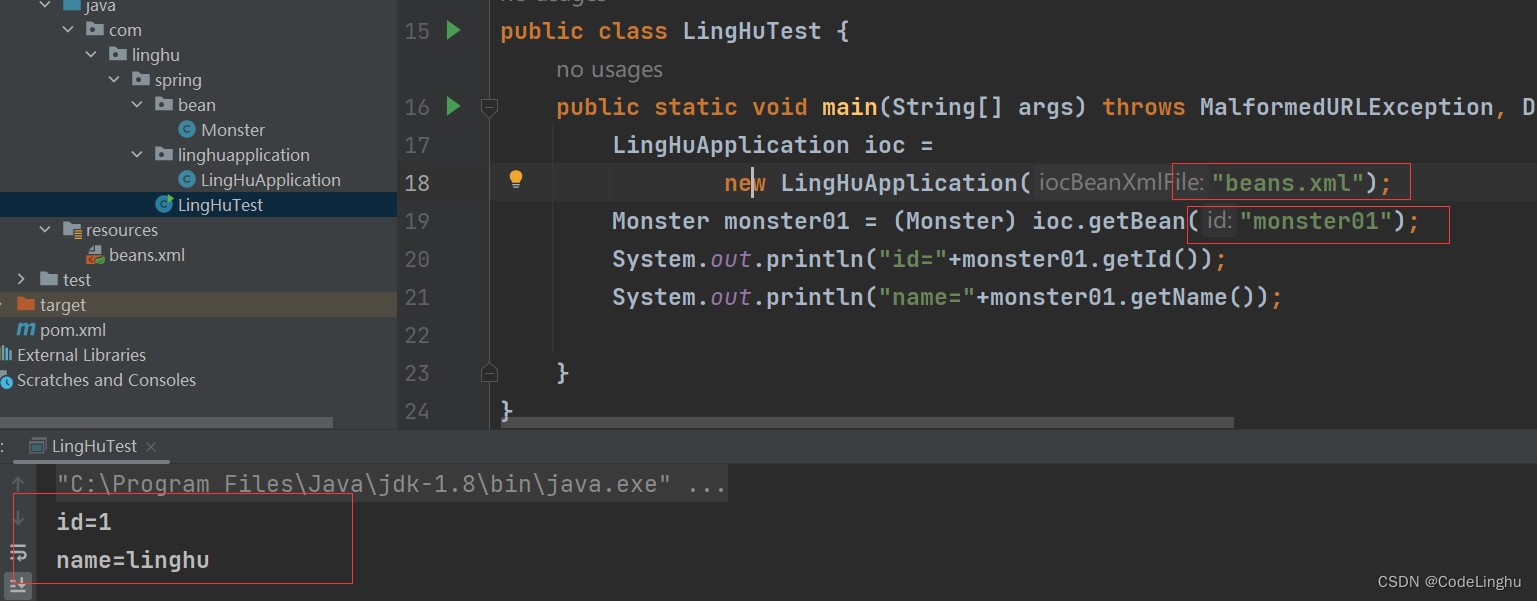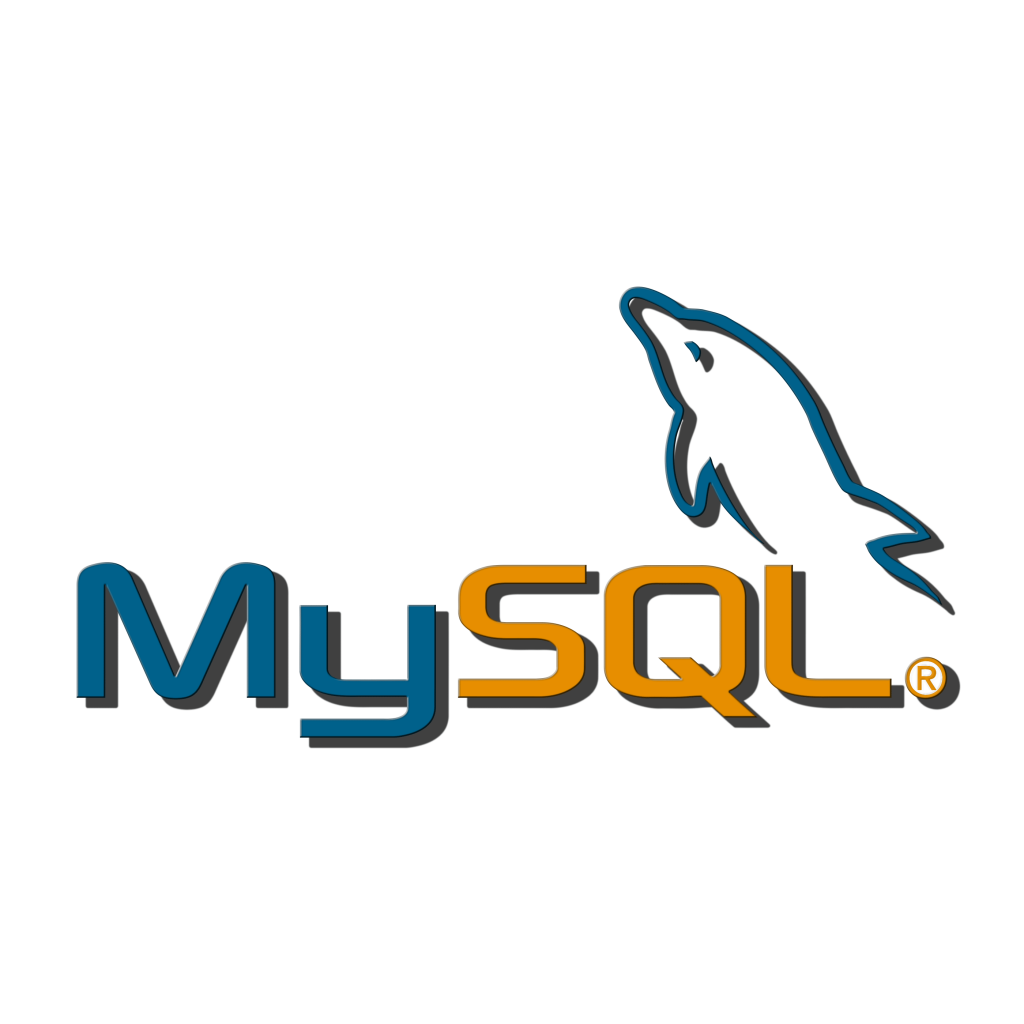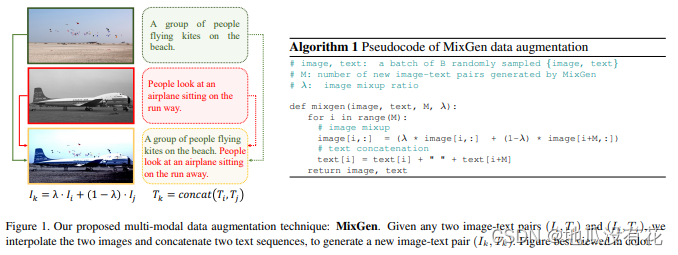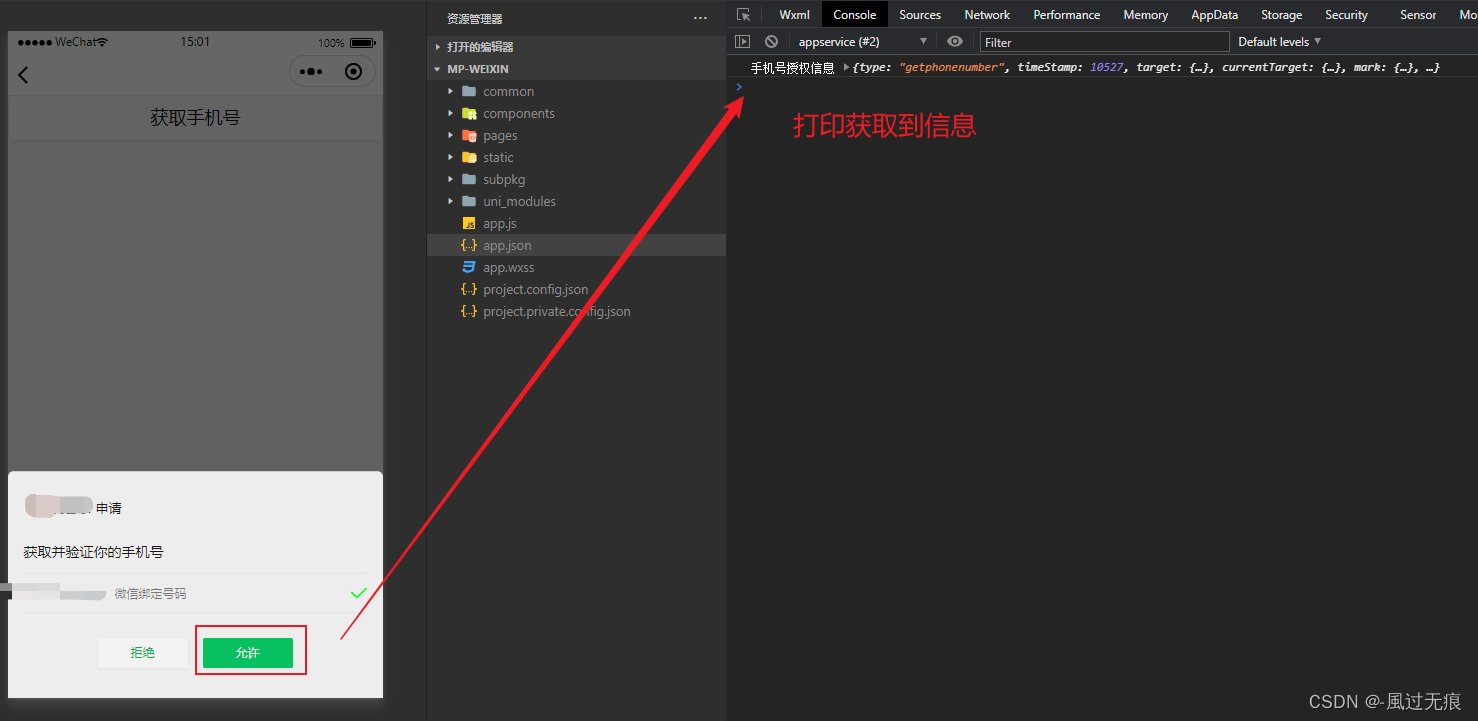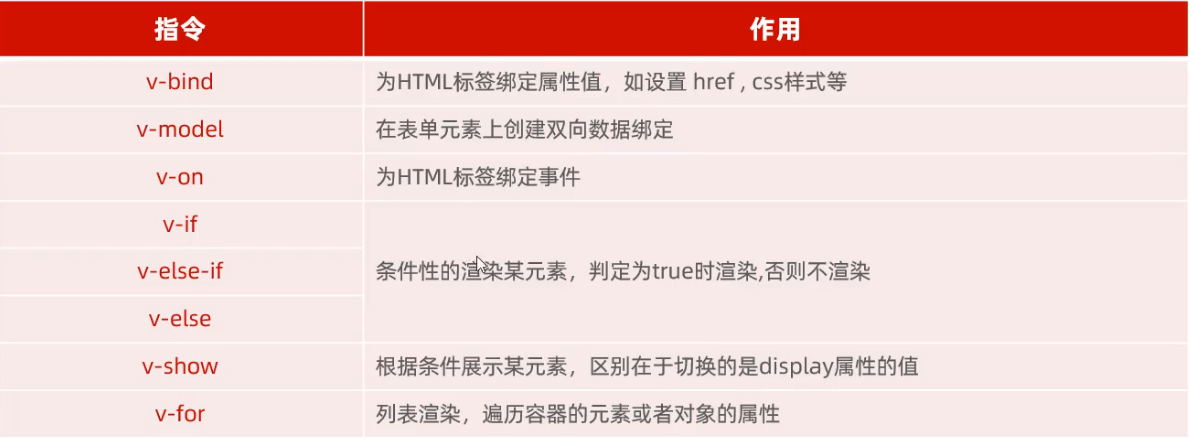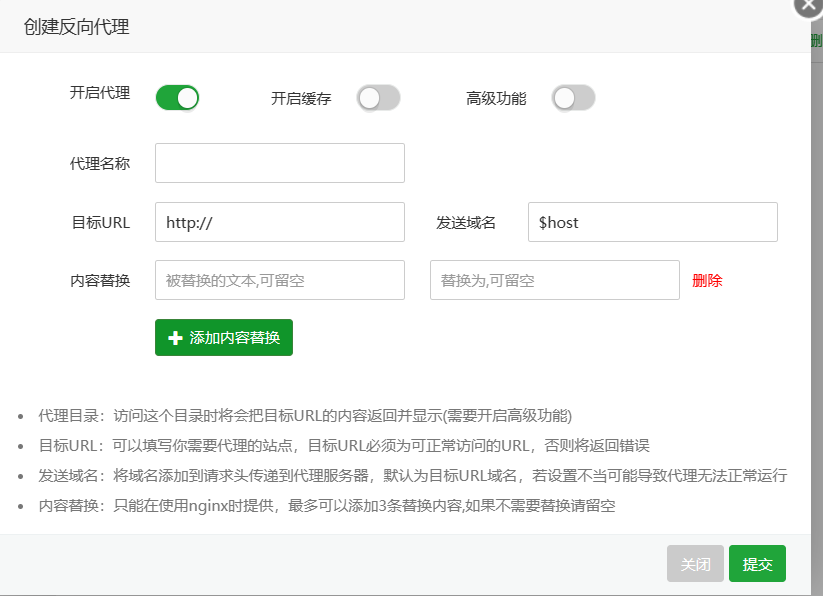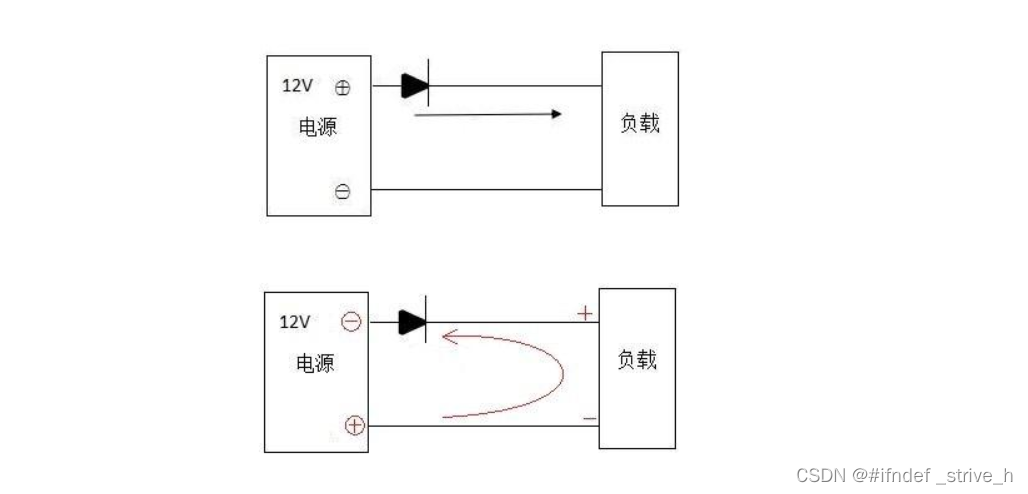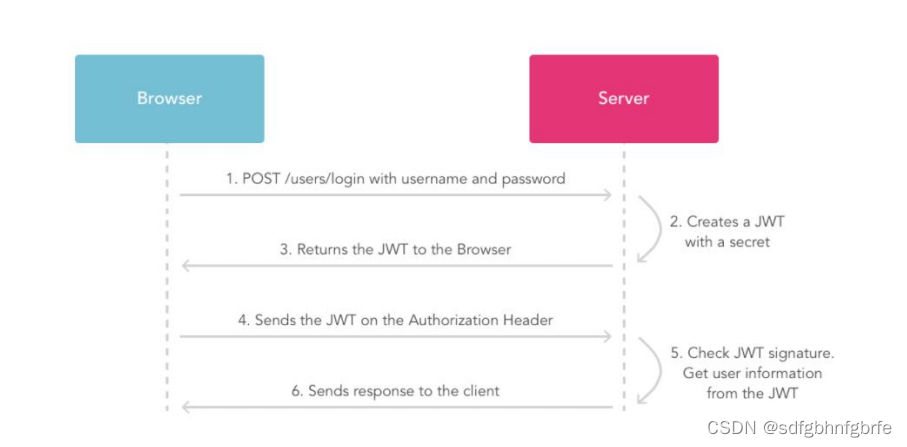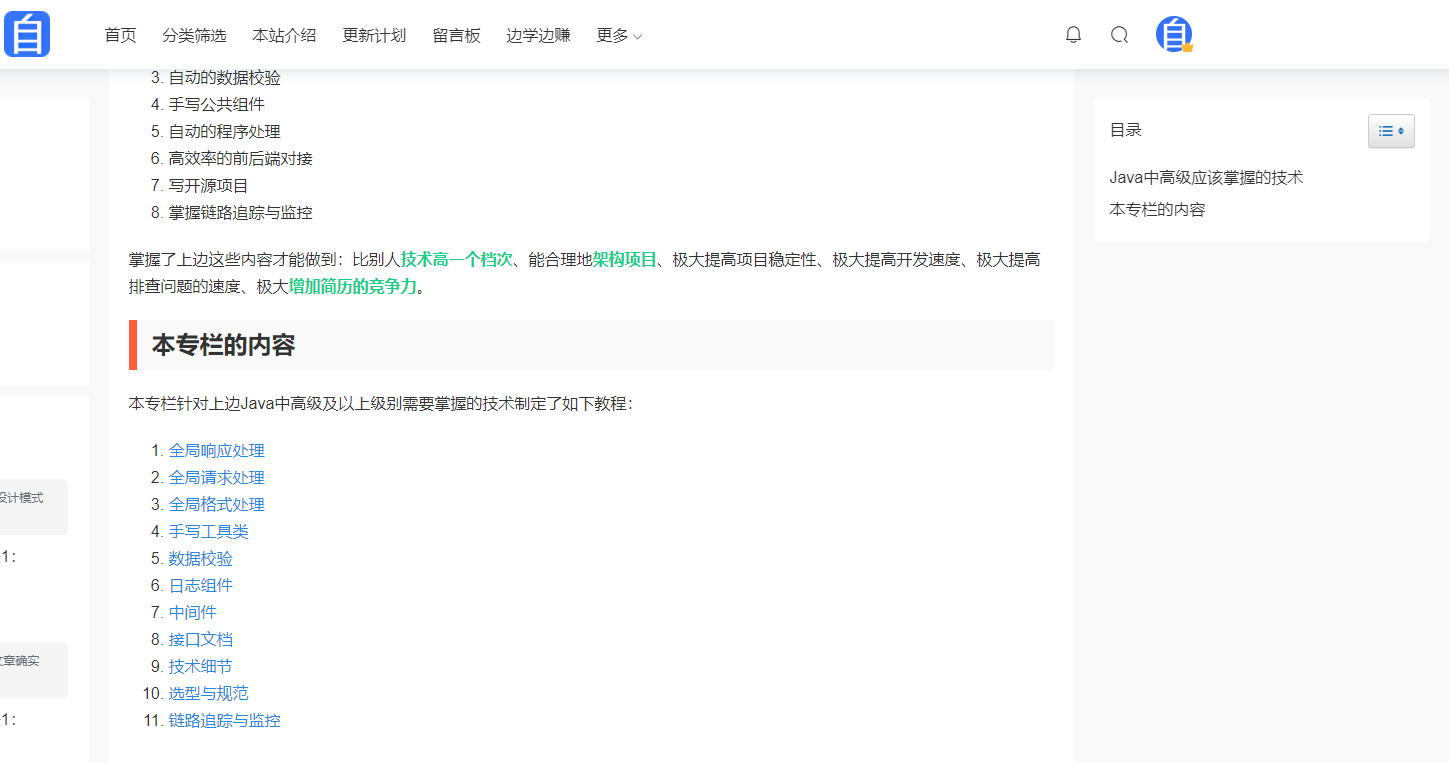前言:
参考: 4G/LTE - LTE Advanced
参考:
《Carrier Aggregation Explained In 101 Seconds》 Qualcomm
《Carrier aggregation (CA) in LTE-Advanced by TELCOMA Global》
《Carrier Aggregation _CA_Part1》
《Carrier Aggregation _CA_Part2》
《Carrier Aggregation _CA_Part3》
《Carrier Aggregation _CA_Part4》
CSDN
载波聚合(Carrier Aggregation) - 知乎
目录:
- 协议要求
- Cross-Carrier Scheduling
- CA in Dime mode
- 外文解释
一 协议要求
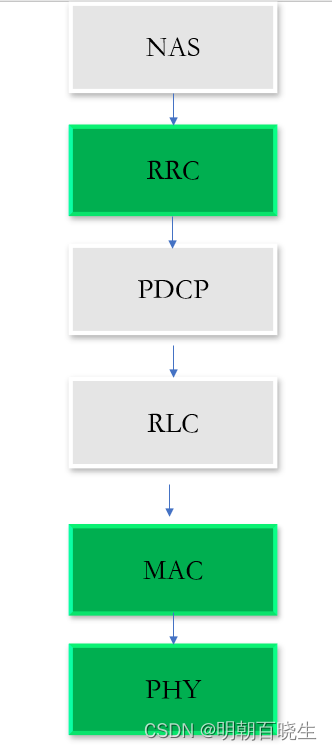
1 CA 主要涉及到RRC, MAC,PHY 层
2 在Rel-10 LTE网络中,每个CC都是向后兼容的。由于CA,camping、registration 或 Idle mode。 在Idle mode 没有 CA
3 只有属于同一eNB的CC可以在RRC连接模式下载波聚合;假设这些CC是可以同步的
4 Pcell 主要作用:camping,registration,RRC connection establishment.
5: 只有RRC connection 只存在 UE 和 PCell 之间, UE 和Scells 之间没有SRB。
PCell 负责调度。
6 PCell 和 Scells 里面的UEs identity (C-RNTI) 相同
is the same in the PCell and all its configured Scells.
二 Cross-Carrier Scheduling
When you have multiple Carriers in Carrier Aggregation, you naturally have a question. That is, who (which carrier) will be schedule resource allocation for each sub carriers ?
There are two types of method we can think of as illustrated below. In one case (Own Scheduling), each component carrier schedules for its own carrier. In the other case (Cross Carrier Scheduling), Primary Compnent Cell (or any specified serving cell) schedules the resource for all the component carriers.
Then you would have another question. How UE knows whether eNB is doing "cross carrier scheduling" or "non cross carrier scheduling" ?
This information is informed to UE via Higher Layer Signaling (RRC Message) as shown below

2.1 跨载波调度
CCS(Cross- Carrier Scheduling) 是3GPP Rel-10 引入的UE 可选方案之一。
此功能的目标是执行负载平衡。
我们接收数据的时候,先从PDCCH 解码出DCI 信息,然后再去解调出PDSCH 里面
的数据。 默认的方案 不同的CC 配置不同的DCI, 引入
CCS 方案后, Pcell 负责调度对应的DCI,SCell 不再需要解调DCI.
a 对于每个UE,eNodeB可以通过RRC信令为每个cc独立地启用或CCS
b UE需要知道某个DCI与哪个cc相关. CCS使得一个CC上的PDCCH DCI 中插入CIF(新的3比特载波指示符字段)来调度另一CC上的数据传输。
CFI 标志(3-bit Carrier Indicator Field)
C 这仅用于在没有PDCCH的SCell上调度资源
2.2 原因:
在LTE-A中,跨承载调度的主要作用是在异构网络中为PDCCH提供ICIC(Inter-CellInterference Coordination)支持。一个典型异构网络场景如下:
一个Pcell和一个Scell共享2个下行CC:CC1和CC2。Scell的2个CC都在低传输功率下工作,PCell的CC1在高传输功率工作,CC2在低传输功率工作。PCell在CC1上的传输对SCell的CC1有很大的干扰。因此,在SCell上,使用CC2上的PDCCH来跨承载调度传输在CC1上的数据是有好处的。
2.3 日志
If Network (eNB) decided to do Own(Non-Cross carrier) Scheduling, it notifies UE using RRC message as shown below.
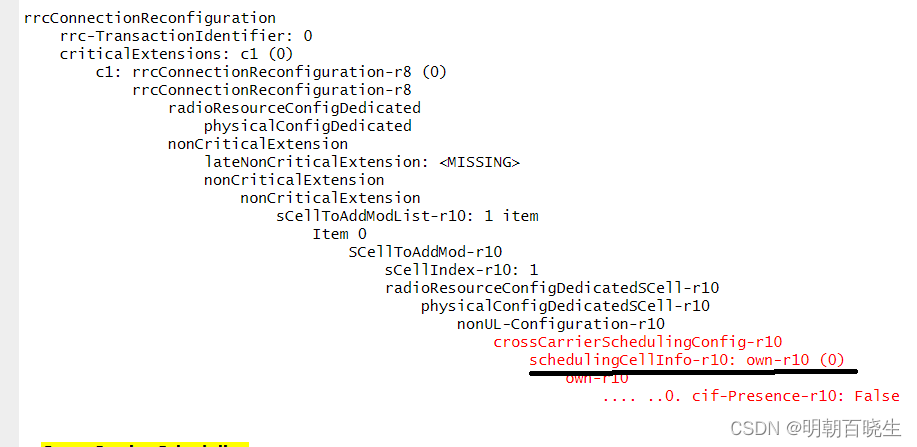
< Cross Carrier Scheduling >
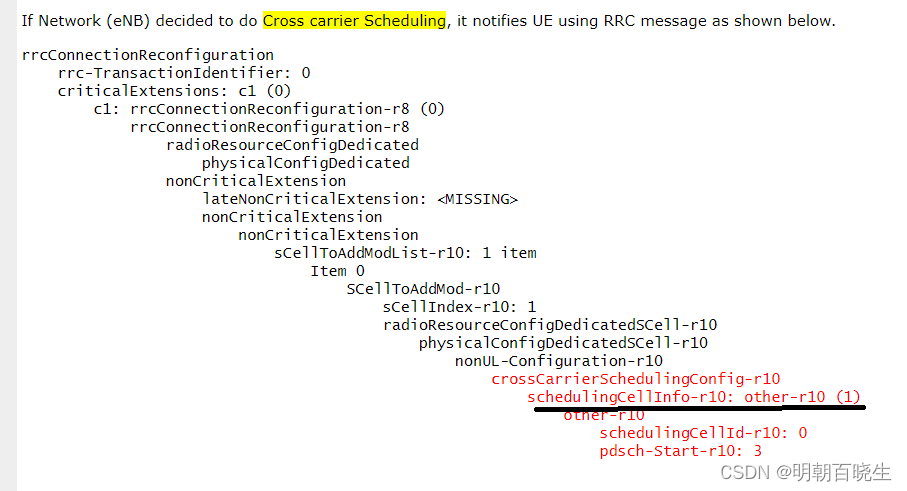
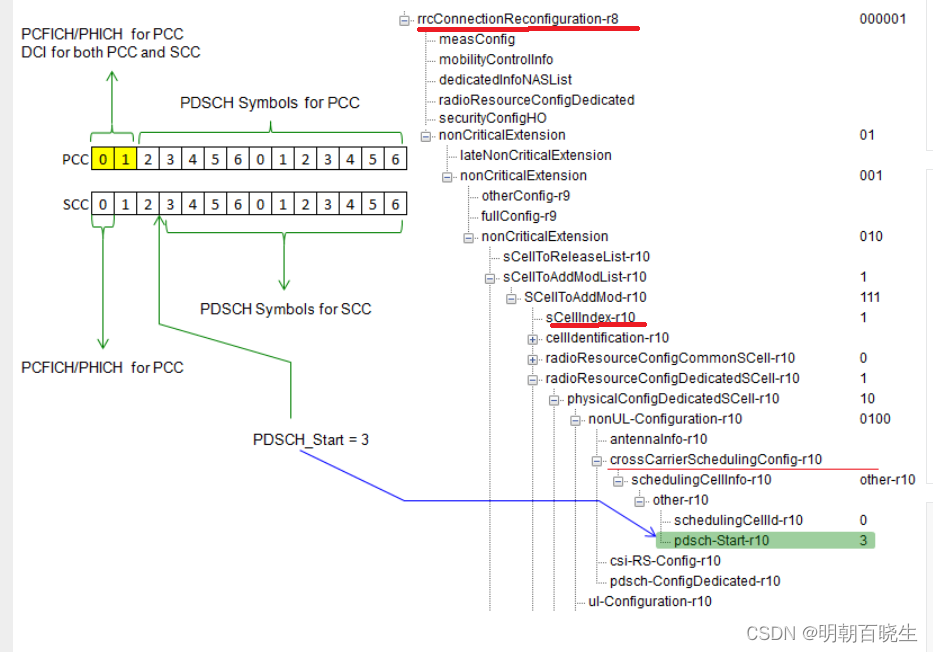
三 CA in Dime mode
支持带间和带内(连续和非连续)CA。
支持多种带宽组合(5 MHz+10 MHz、5 MHz+5 MHz和10 MHz+10 Hz)。
1个UL载波(UL上不支持CA)允许UL/DL中的不对称带宽。
不支持跨运营商调度。
不同的运营商支持多个频段组合
NA 解释
Cross-Carrier Scheduling In CA-enabled scenarios, the UE is served by more than one CCs either from the same or different macro/small cells. The resources are scheduled based on the Scheduling Grants (SG) and the Scheduling Assignments (SA) corresponding to the data. The scheduler decides for each carrier and transmits individual SAs. Thus, a device receives multiple Physical Downlink Control Channels (PDCCHs). Scheduling is called “Self-Scheduling” when the SG and SA are transmitted on the same cell as the data, and it is known as Cross-Carrier Scheduling (CCS) when SG and SA are transmitted on different cells than the data. For CCS, the Downlink Control Information (DCI) accommodating the SG for a carrier is received on a different carrier [15]. CCS was initially introduced in 3GPP Release 10 [16] with a carrier indicator field (CIF) limited to 3 bits to support aggregation of up to 5 CCs. When a UE is in search mode, the CIF value affects the DL control channel and defines the carrier for SG. In the primary cell (PC) configuration, CIF-Presence-r10 indicates the availability of CIF in PDCCH DCI. A CIF value of 0 indicates PC, while another indicates the secondary cells (SCs). To support 32 CCs enhancements for CA with the latest 3GPP releases [1], the CIF length increased from 3 to 5 bits.

